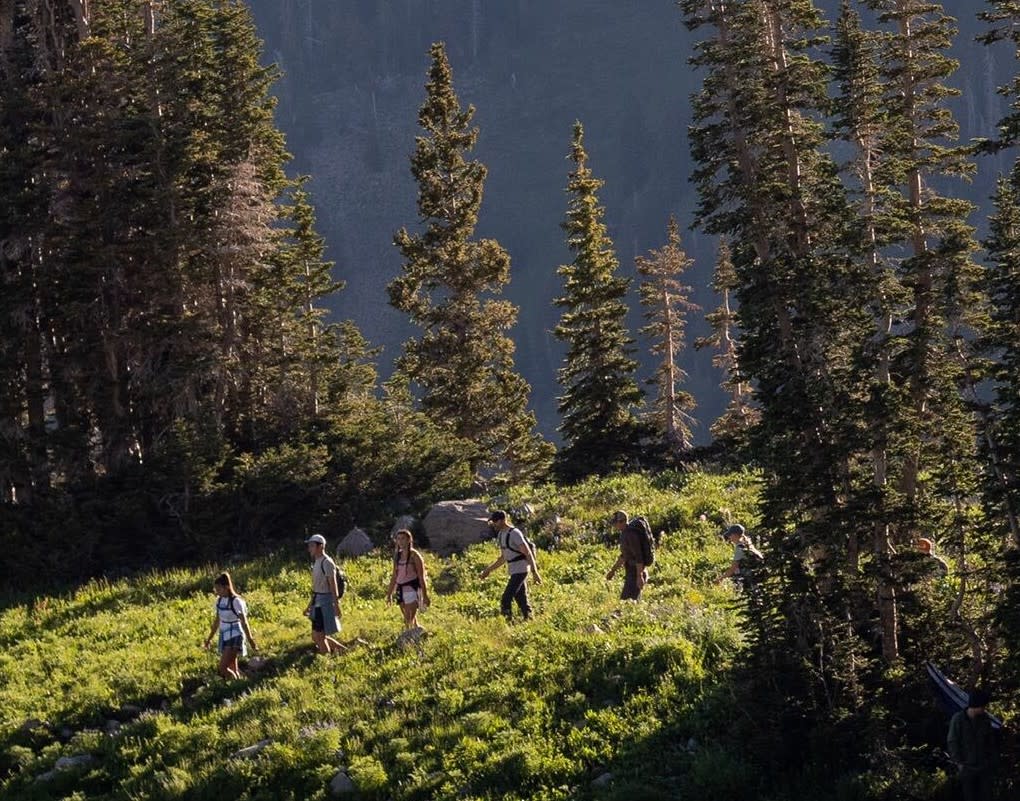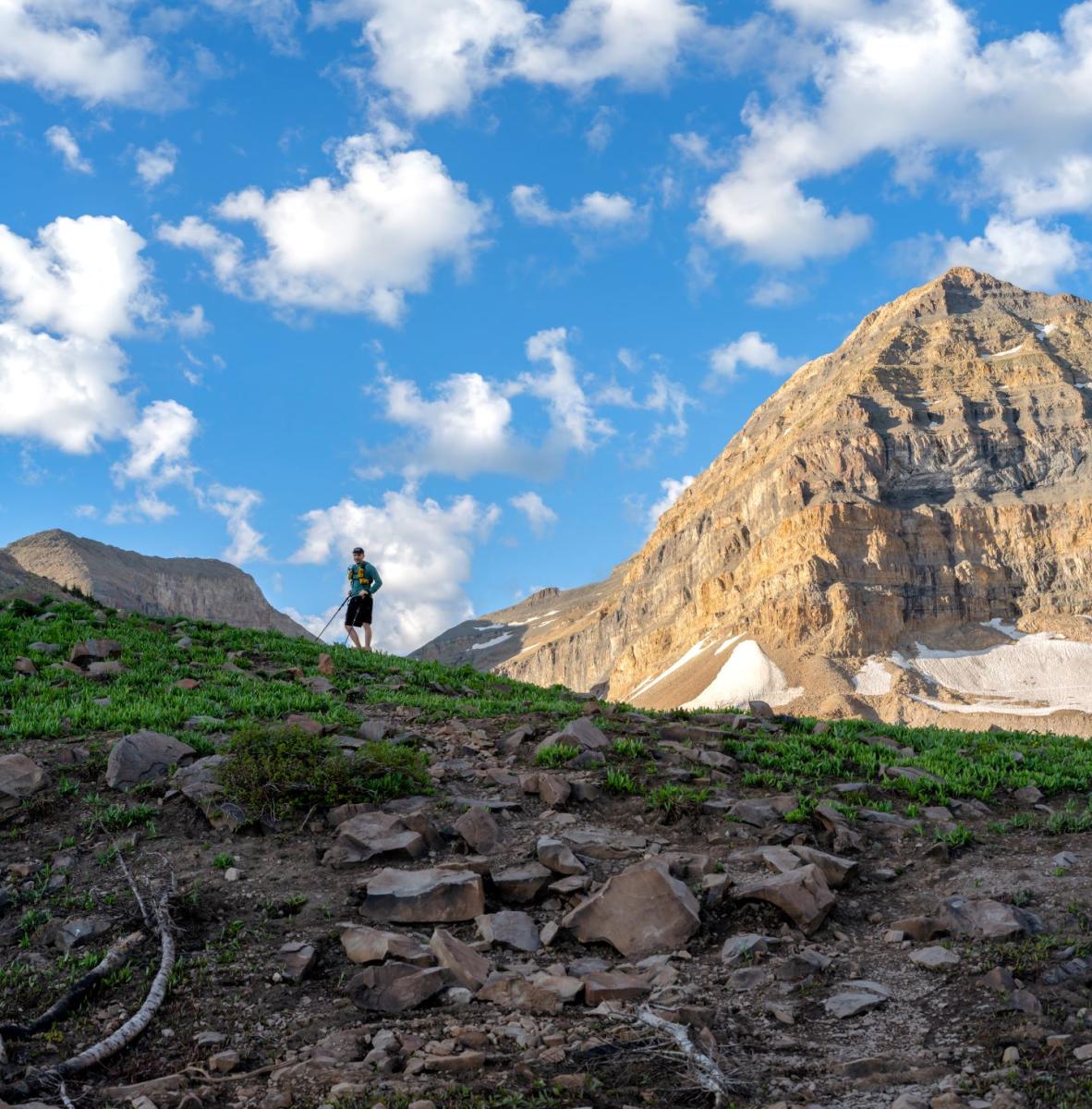Trail Etiquette & Safety in Utah Valley
With hundreds of miles of non-motorized trails, Utah Valley is a haven for hikers, mountain bikers, and trail runners. Whether you’re a local or a visitor, understanding trail etiquette and safety is essential for protecting our natural resources. By being responsible trail users, we can preserve the beauty of our land, minimize the strain on local emergency services, and ensure that everyone has a great experience on the trails for years to come.
Trail Etiquette

One of the joys of hitting the trails is meeting fellow outdoor enthusiasts. Being courteous and kind to others on the trail fosters a sense of community and respect. Here are some key points to remember:
Respect the Right of Way Most trails in Utah Valley are multi-use, accommodating equestrians, mountain bikers, and hikers. It's important to understand who yields to whom:
- Both hikers and mountain bikers always yield to horses.
- Mountain bikers always yield to hikers.
- Downhill hikers and bikers yield to those going uphill.
Look for the yield triangle signs at trailheads to guide you.
Tag Responsibly When sharing your trail adventures on social media, consider the impact of tagging specific locations. To avoid overcrowding sensitive areas, use more general location tags.
Stay on the Trail Help prevent erosion by sticking to the designated paths. If the trail is muddy and you’re leaving deep footprints, turn back to avoid damaging the trail for others.
Pack It In, Pack It Out Carry out everything you bring in, including biodegradable items like food scraps, which can take years to decompose.
Leave Nature as You Found It Admire wildflowers and other natural features without disturbing them. Avoid picking flowers or carving into trees and rocks.
Be Responsible for Dogs Most trails in Utah Valley require dogs to be on a leash, though some designated off-leash areas exist. Always clean up after your pets, and bring your own waste bags.
Respect Wildlife Share the trails with local wildlife by observing from a distance. Familiarize yourself with guidelines for safely encountering animals to protect both yourself and the wildlife.
Trail Safety

Before heading out, consider these important safety tips to ensure a safe and enjoyable adventure:
Know Your Limits Assess if a trail matches your fitness level, especially considering Utah Valley's varying elevations. If you’re from a lower elevation, take it slow initially to acclimate.
Check the Weather Mountain weather can change rapidly. Always check the forecast and carry extra clothing layers in your backpack.
Stay Informed About Trail Conditions Trail conditions can change with the weather. Check for updates from local organizations before you head out.
Prepare for No Cell Service Cell service might be spotty, so download maps and familiarize yourself with trail landmarks beforehand.
Hydrate and Refuel Bring at least 1 liter of water per person for a 2-hour hike, and pack nutritious snacks to keep your energy up.
Use Public Transportation Reduce parking lot congestion by taking a bus or shuttle to your trailhead when possible.
By following these guidelines, we can all contribute to a safe, enjoyable, and sustainable trail experience in Utah Valley.
